Valencia’s nod to the arts and sciences provides students with a comprehensive learning experience unlike any other. How does this city provide next level immersive learning opportunities and support young learner development?
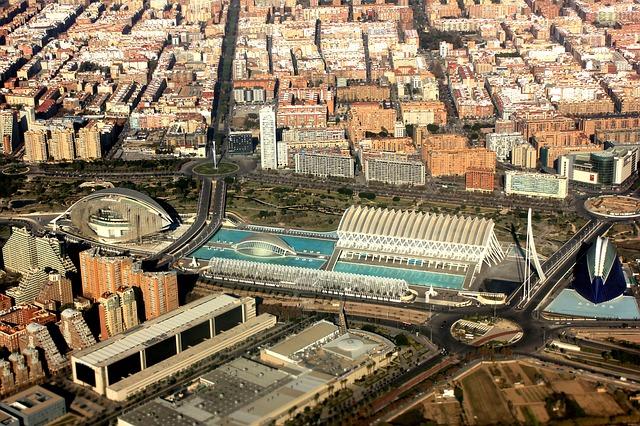
Awaken the imagination
Students may think they’ve arrived into a scene from Star Trek, but the exceptional architecture of The City of Arts and Sciences by Santiago Calatrava is merely to whet the appetite as your school group embarks on an adventure of knowledge. Across the City, students can benefit from exploring a series of complexes that include the Oceanogràfic, The Palau de les Arts Reina Sofia, The Príncipe Felipe Science Museum, the Hemisfèric, and the Umbracle.
While Valencia is awash with cultural gems and excursions that suit cross-curricular purposes, the City of Arts and Sciences has a feast for the eyes, senses and mind all under one roof.
1. The Umbracle
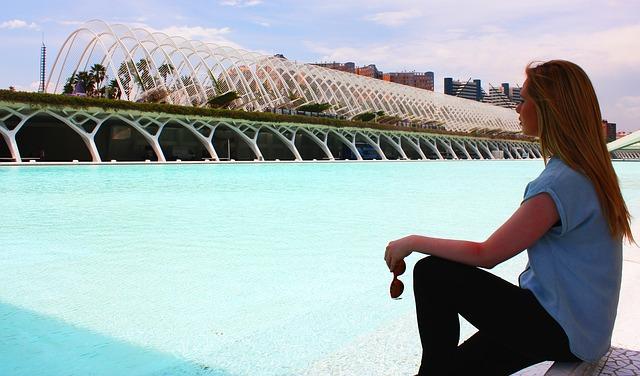
Students always like to arrive in style and turning up at the City of Arts and Sciences will be no different as groups enter via a landscaped walkway.
Effectively an outdoor art gallery, the Umbracle presents a park filled with Mediterranean plants and contemporary sculptures unique from the Valencian region. A mind-blowing start to the tour, students soon learn the complex delivers further treats for the senses.
2. The Hemisferic
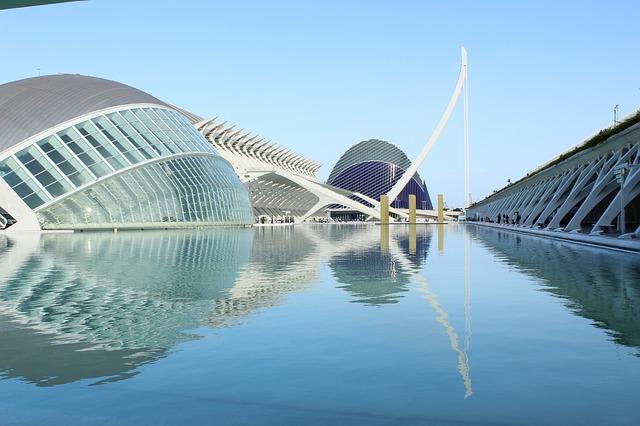
A standout image from any Google search is the centre piece to the City of Arts and Sciences taking the shape of a giant eye. Reflected in the surrounding water pool, the building gives an illusion of a whole eye. This huge projection hall, featuring a 900 metre concave screen, provides students with a 3D and IMAX experience.
Various screenings throughout the day allow for teachers to choose an educational documentary suited to their learning outcomes and students’ needs. Simply standing in the Hemisfèric provides a lesson in complex design and the travel of sounds due to the planetarium’s unique shape.
3. The Oceanogràfic
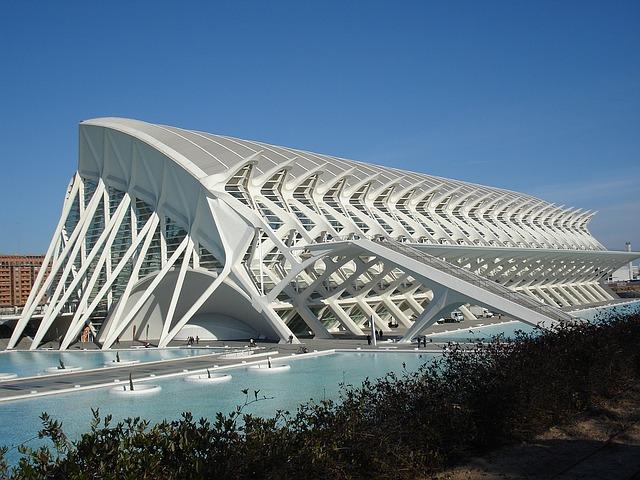
A trip to Europe’s biggest aquarium is more than likely going to excite students no matter their age. Designed by Félix Candela, students will be immersed in an underwater world that studies over 500 species, including, dolphins, sharks, penguins, plus numerous wetland birds.
This oceanographic aquarium takes school groups on a journey through 7 different marine environments allowing young learners to explore specimens they would not otherwise have the chance to see within the confines of the classroom. Discover the genetic makeup of a walrus; ask questions about sea lions; and find out what environments seals are attracted to as students explore the highly informative area. Look out for new exhibitions and marvel at the intelligence of dolphins at the Dolphinarium.
4. The Príncipe Felipe Science Museum
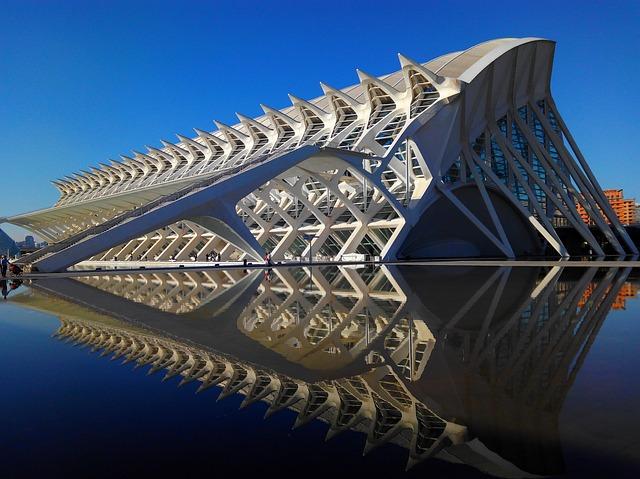
Is it possible for a museum to be interactive and modern? Shatter the preconceived notions of stuffy museums with a visit to the Príncipe Felipe.
The outstanding building alone screams questions as to how architectural geniuses designed the structure in the form of a whale’s skeleton. Focusing on the evolution of life, students can interact with a host of exhibitions to discover more about themselves and how life has changed for communities over time. Study the sequencing of DNA or see how science itself has evolved over time through achieving ground-breaking discoveries.
Promoting science and technology, the museum effectively gets all involved through varied learning opportunities that share the same foundation – fun! A combination of scientific animations and activities allow students of all ages to access learning, while teachers are also supported with the option of workshops available.
City of Joy
Over time Valencia has seen its name evolve. During a period where the Muslim kingdoms in Spain saw the city tagged with various nicknames, one thing that has not changed are the endless opportunities to engage in purposeful learning. Whether it is a trip to the Bioparc, Central Market, Silk Exchange, or even Plaza de la Virgen, schools can engage students in a wealth of educational opportunities that improves knowledge, develops skills, promotes questioning, and delivers a varied learning experience.
The City of Arts and Sciences takes two steps further in delivering new learning in one location. Whether it is tapping into evolution, earth, or technology, students and teachers alike will love the wealth of opportunities available to all.


Comments are closed here.